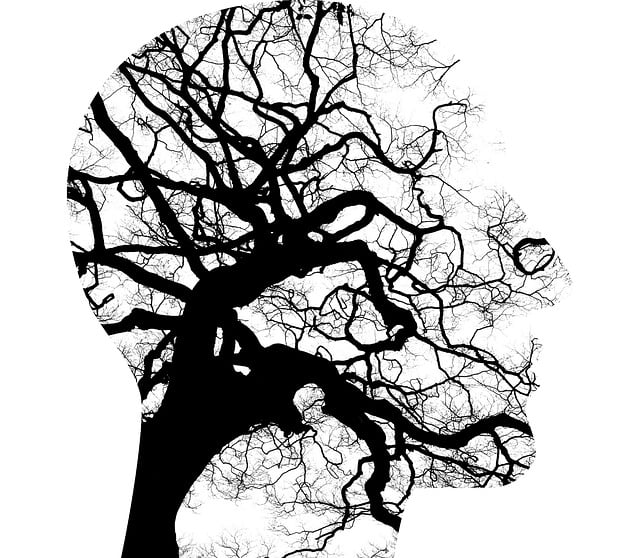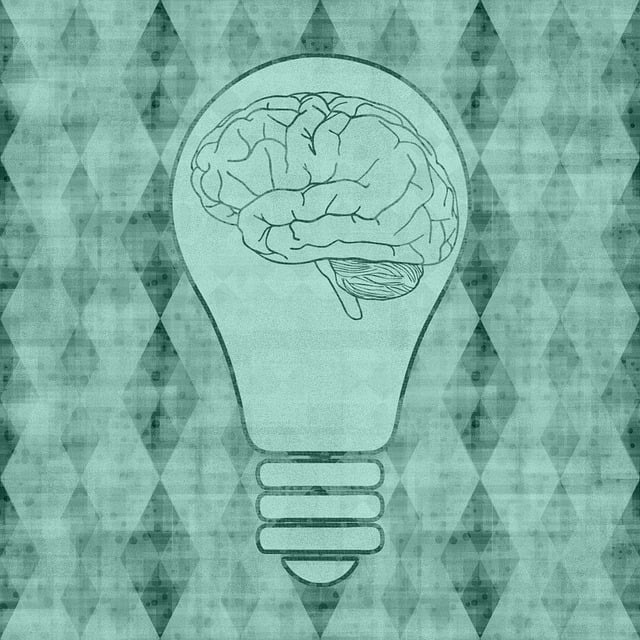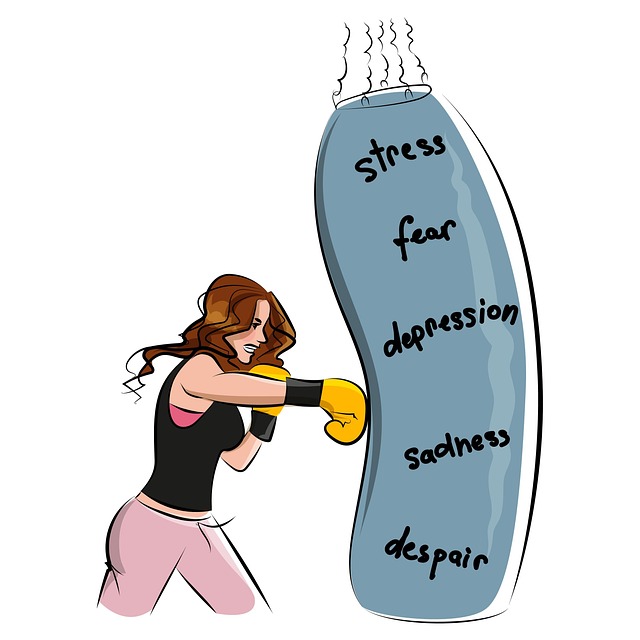Mental health practice with young children requires balancing therapeutic support and hazard management. Key strategies include assessing vulnerabilities like trauma, abuse, or neglect, implementing evidence-based therapies like Eye Movement Desensitization and Reprocessing (EMDR), and engaging in community outreach programs and mental health awareness initiatives. Crisis intervention guidance is crucial for acute situations. EMDR, when integrated into risk management planning, effectively mitigates childhood trauma risks and promotes long-term mental health. Mental health professionals must prioritize risk management, using techniques like EMDR alongside conflict resolution to create safe, nurturing environments that empower children and families to build resilience.
Mental health professionals constantly navigate complex risks when working with young children. This article guides therapists through essential risk management planning, focusing on strategies tailored for this vulnerable population. We explore the unique challenges of mental health practice with young clients and delve into evidence-based techniques, including Eye Movement Desensitization and Reprocessing (EMDR), to mitigate these risks effectively. Key topics cover comprehensive risk assessment, plan development, implementation, and monitoring, empowering professionals to provide safe and impactful therapy for young children.
- Understanding Risk in Mental Health Practice with Young Children
- The Role of EMDR in Risk Mitigation Strategies
- Developing a Comprehensive Risk Management Plan
- Implementing and Monitoring Effective Risk Reduction Techniques
Understanding Risk in Mental Health Practice with Young Children

In mental health practice with young children, understanding risk involves recognizing the delicate balance between providing therapeutic support and managing potential hazards. This age group, often facing complex emotional challenges, may present unique risks that require specialized approaches. Mental health professionals working with kids need to be adept at assessing vulnerabilities, including trauma, abuse, or neglect, which can impact their ability to regulate emotions and behave adaptively.
One evidence-based therapy gaining traction is Eye Movement Desensitization and Reprocessing (EMDR), which helps young clients process traumatic memories and reduce associated distress. Integrating community outreach programs and mental health awareness initiatives can also mitigate risks by fostering supportive environments. Additionally, crisis intervention guidance plays a crucial role in equipping professionals to handle acute situations effectively, ensuring the safety and well-being of young clients.
The Role of EMDR in Risk Mitigation Strategies

Eye Movement Desensitization and Reprocessing (EMDR) is a powerful therapy for young children that has been increasingly integrated into risk management planning for mental health professionals. By combining exposure therapy with bilateral sensory stimulation, EMDR helps individuals process traumatic memories and reduce the emotional impact of distressing events. This approach is particularly beneficial in mitigating risks associated with childhood trauma, which can significantly influence an individual’s long-term mental health.
Incorporating EMDR into risk mitigation strategies offers a comprehensive solution for stress management among young clients. By facilitating the resolution of past traumatic experiences, EMDR can prevent the escalation of symptoms and promote resilience. Moreover, as part of a broader Mental Health Policy Analysis and Advocacy strategy, promoting access to EMDR therapy ensures that children receive evidence-based treatments, enhancing overall well-being and reducing risks related to untreated trauma. Effective conflict resolution techniques can further support this process by addressing underlying conflicts that may contribute to mental health issues.
Developing a Comprehensive Risk Management Plan

Mental health professionals, especially those specializing in therapy for young children, must prioritize risk management to ensure a safe and nurturing environment. Developing a comprehensive risk management plan involves identifying potential risks, assessing their likelihood and impact, and implementing strategies to mitigate them. This process should encompass not just clinical risks but also administrative, ethical, and legal considerations.
By integrating Evidence-based practices such as EMDR (Eye Movement Desensitization and Reprocessing) alongside stress reduction methods and conflict resolution techniques, professionals can create a robust framework. These approaches empower children and their families to manage traumatic experiences and promote resilience while fostering a sense of security. Moreover, adhering to Mind Over Matter principles encourages professionals to cultivate self-awareness and emotional regulation, thereby enhancing their ability to support others effectively.
Implementing and Monitoring Effective Risk Reduction Techniques

Implementing effective risk reduction techniques is a cornerstone of mental health professional’s risk management planning. When working with young children, modalities like Eye Movement Desensitization and Reprocessing (EMDR) have proven successful in treating trauma, offering a structured approach to desensitize clients to distressing memories while simultaneously processing them cognitively. This not only enhances the therapeutic outcome but also minimizes potential risks associated with unresolved traumatic experiences.
Regular monitoring and evaluation are crucial to ensure these techniques remain effective. Mental wellness coaching programs focused on development, stress management, and resilience building can equip professionals with valuable tools for ongoing risk assessment and mitigation. By integrating these strategies into their practices, mental health practitioners can foster a safer, more supportive environment for young clients, ultimately enhancing the effectiveness of therapy for young children and fostering positive mental wellness outcomes.
Mental health professionals working with young children must adopt a proactive approach to risk management, integrating evidence-based techniques like EMDR into their practice. By understanding the unique risks inherent in this field and developing comprehensive risk management plans, therapists can create safer environments for their young clients. Effective strategies, such as those detailed in this article, empower professionals to mitigate potential hazards, enhance therapy outcomes, and ultimately foster resilience in vulnerable populations.














